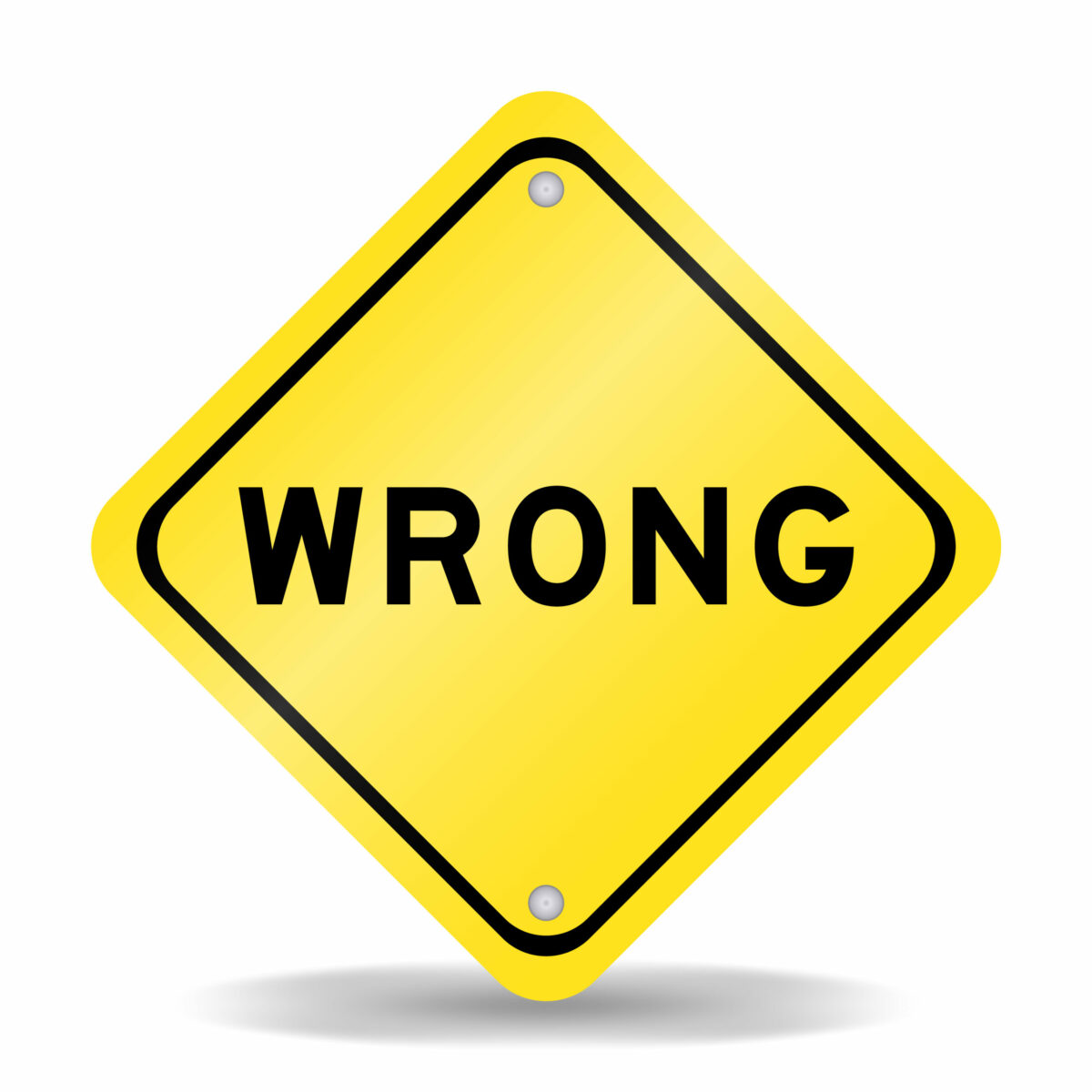How IT professionals can protect tax information
In a world where personal information is just as valuable as currency, today’s cybercriminals are after our data. Companies are often exposed to potential data breaches and attack vectors during transmission or within data storage locations. For IT professionals at accounting firms, this means a laser-like focus on protecting clients’ tax information.
Jump to:
Accounting firms are entrusted with a wealth of sensitive financial data, including tax records, income statements, and other confidential information. Any compromise in data security can lead to severe consequences, including financial losses, legal implications, and damage to the firm’s reputation. That’s why implementing robust data security measures is not only a compliance requirement but also a critical piece of maintaining client trust.
Intensifying this need is the fact that most accounting firms rely heavily on tax and accounting software for their daily workflow, making the data that flows through these systems potentially vulnerable. As technology has evolved, the risks associated with data security have also become more prevalent.
With cyberattacks on the rise, how do IT professionals working at accounting firms maintain the integrity and confidentiality of client data alongside the need for advanced tax and accounting software solutions? Let’s take a look.
How IT professionals can protect tax information at accounting firms
One of the key ways to secure client information is to implement advanced tax accounting software. These tools are designed to streamline accounting processes while also adhering to the highest standards of data security.
IT professionals should ensure that the tax and accounting software used by the firm incorporates the following features to ensure the security and confidentiality of client tax data:
- Encryption. Robust encryption technologies protect data both in transit and at rest. This ensures that even if unauthorized individuals gain access to the data, it would be nearly impossible to decipher it without the appropriate decryption.
- Access controls. Limiting the exposure of sensitive information to authorized personnel ensures that staff members only have access to the data necessary for their specific job role.
- Multi-Factor Authentication (MFA). MFA requires users to provide multiple forms of identification, such as passwords and one-time codes, which significantly reduces the risk of unauthorized access.
- Software update. Regular security patches and software updates are essential in combating vulnerabilities and protecting your firm against known security threats.
- Secure cloud storage and backups. Secure cloud storage and data backups ensure redundancy and security for your firm in the event of a security incident. Be sure to regularly test data recovery processes to ensure that the backup systems are reliable and functioning as they should. Together with secured cloud storage that aligns with industry standards, you can keep your firm’s information safe, confidential, and accessible.
IT data security best practices
Apart from leveraging secure tax accounting software, IT professionals at accounting firms should adopt the following best practices to enhance data security and confidentiality:
- Network security. Robust firewalls, intrusion detection systems, and antivirus software protect your firm’s network from external threats. A common attack vector for hackers is through APIs. Perpetrators look to abuse the API’s logic to automate attacks and increase the amount of damage they cause. Be sure to regularly monitor network activity for any sign of suspicious activity.
- Incident response plan. Be sure to outline the steps necessary in the event of a security breach and conduct trial runs to ensure all staff members know what actions to take.
- Security audits. Regular security audits can identify potential vulnerabilities and weaknesses in the IT infrastructure before they escalate into serious security breaches.
- Employee training. All staff members should be trained in the importance of data security and confidentiality, including phishing attempts and other social engineering tactics, so they can aid the firm in identifying threats (and not falling victim to them).
- Compliance with data protection regulations. Any third-party vendors (including software providers) should be assessed to ensure that they adhere to industry standards and have robust security protocols in place. Thorough understanding and compliance with data protection regulations such as GDPR (Europe) and CCPA (California/US) is necessary in an evolving regulatory landscape.
A modern approach to tax data security
In a world where cyber threats are increasing, a proactive and comprehensive approach to data security is essential for the long-term success of your accounting firm and the trust of your clients.
While advanced tax and accounting technology solutions can increase productivity, boost profits, and elevate the value your firm delivers, balancing this convenience with the proper security measures is key.
One important way to secure client information is to employ advanced tax accounting software that includes AI and automation. These tools are designed to streamline accounting processes while also adhering to the highest standards of data security.
In fact, companies that adopt a comprehensive AI and automation program detected, contained, and mitigated data breaches 28 days sooner than those without it, saving an average of $3.05 million in costs, according to IBM.
Together with IT best practices, accounting firms can build a strong defense against various attack vectors, protect their clients’ tax information, and maintain a strong reputation. While there is no doubt that today’s accounting firms are navigating a complex web of challenges, technology can help.
How are firms using modernized technology?
Firms are navigating a complex web of challenges as they strive to modernize their tax and accounting practices. How can technology overcome these interconnected obstacles and empower firms on their path to meaningful modernization?
View infographic: How are firms using modernized technology?






